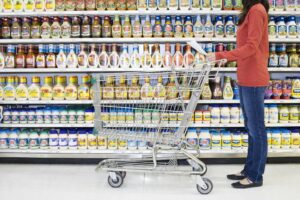By Joe Pine
When I first started talking about the Experience Economy, I can remember having to argue with people that the shift from the Service Economy was happening, just as the Service Economy long ago supplanted the Industrial Economy (based on goods), which in turn superseded the Agrarian Economy (based on commodities).
No longer.
For years, I just state it, and people immediately get it. That’s because there is no doubt we are now in an Experience Economy, where people value experiences more highly than the lower-order offerings, and companies increasingly offer experiences to cater to people’s desires.
So What’s a Manufacturer to do?
So what’s a manufacturer to do? I’ve worked with many over the years (far more than, say, retailers for whatever reason), and here are five possible paths for manufacturers in the Experience Economy:
1. Do nothing about it.
Not every company needs to start staging experiences, although any company can benefit by doing so.
The real problem, though, about doing nothing is that sooner or later you will be commoditized, where people buy you solely on price and convenience.
In any industry that commoditizes one or two companies can do well by focusing relentlessly on costs – automating as much as possible, getting rid of people as much as feasible – but for everyone else it’s a sure sign that making goods is no longer enough.
2. Turn the using of your goods into an experience.
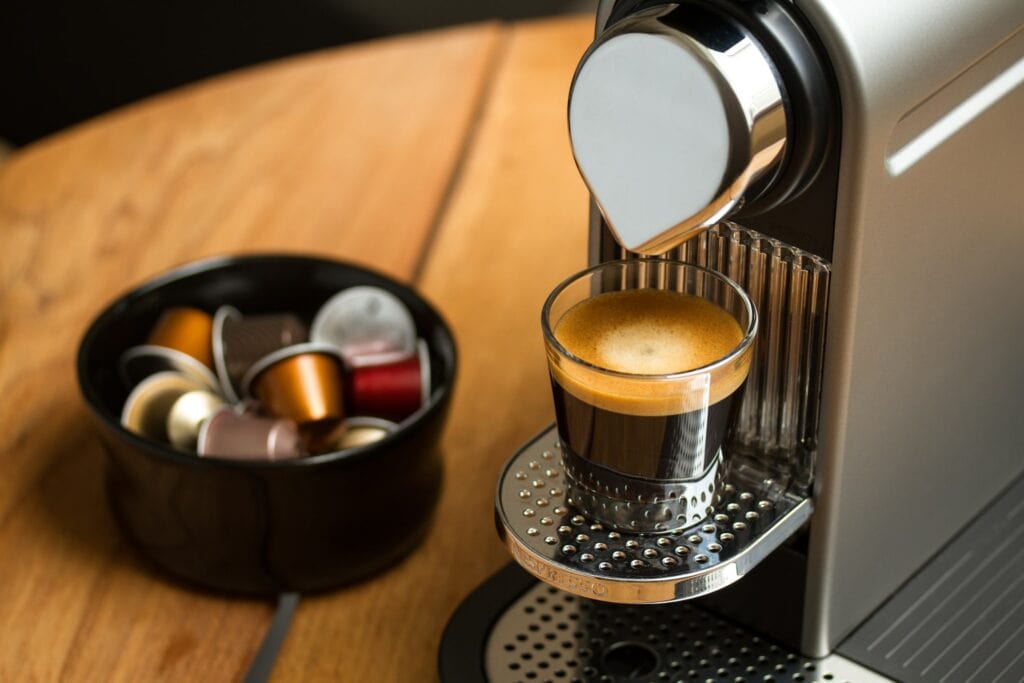
Many goods are experiential in and of themselves (think wine, cigars, toys).
Others can greatly increase the value of their tangible offerings by better engaging customers in the using of the goods. (Jim Gilmore and I call this imperative “ing the thing”.)
Apple of course provides the premier example of this in everything it designs (including its packaging), and witness how Nespresso Machines make it a joy to fix a cup of coffee in the morning.
Global Gumball incited an innovation war in its industry with the Gumball Wizard, which rolls the gumball down a long spiral runway, clickety-clack as it goes, before dispensing it at the bottom. Even something as small as EXPO adding scents to its dry erase markers makes a sensorial difference.
3. Enhance experiences via your goods.
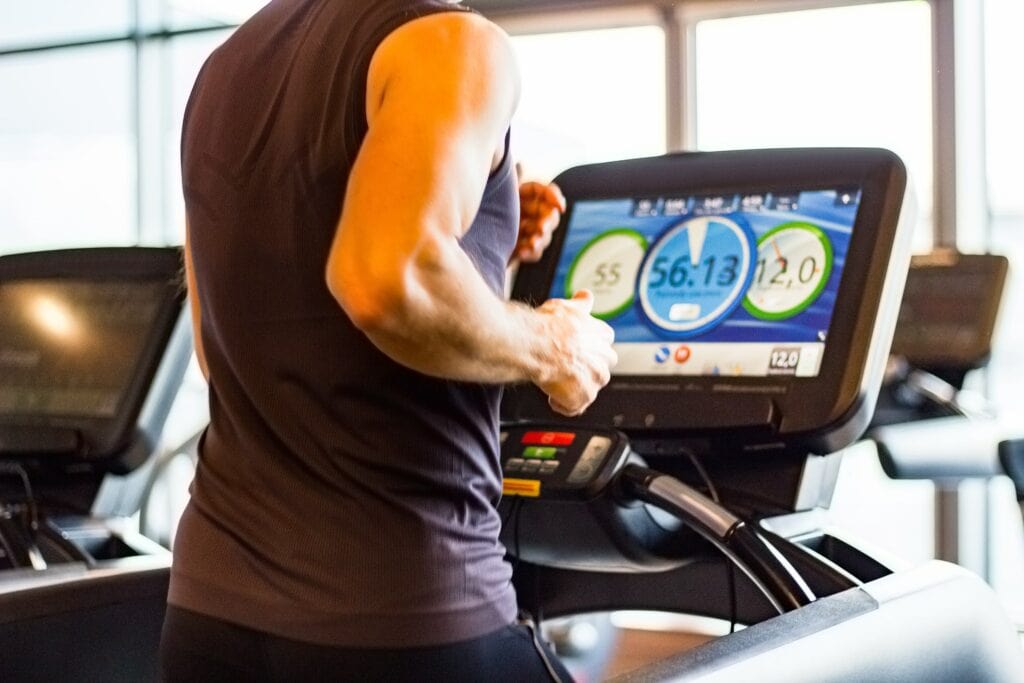
People buy many (if not most) goods for the experiences they enable.
(For the academically inclined, see the late economist Stanley Lebergott’s Pursuing Happiness, who says this applies to pretty much all goods, which I think is true if you consider time-saving appliances and the like freeing up time to spend it on experiences.)
Consumers buy much food for cooking and dining experiences, all audio and video components for listening and watching experiences, sports equipment for sports-playing experiences, exercise gear for working out, and so forth.
No wonder food manufacturers increasingly supply cooking kits; AV manufacturers deliver larger screens with more pixels and sound bars; the golf industry makes ever-better clubs and balls to hit it longer and straighter; and businesses in the exercise industry offer bikes and treadmills that track progress and gamify to encourage greater use (and healthier bodies).
4. Mass customize your goods.
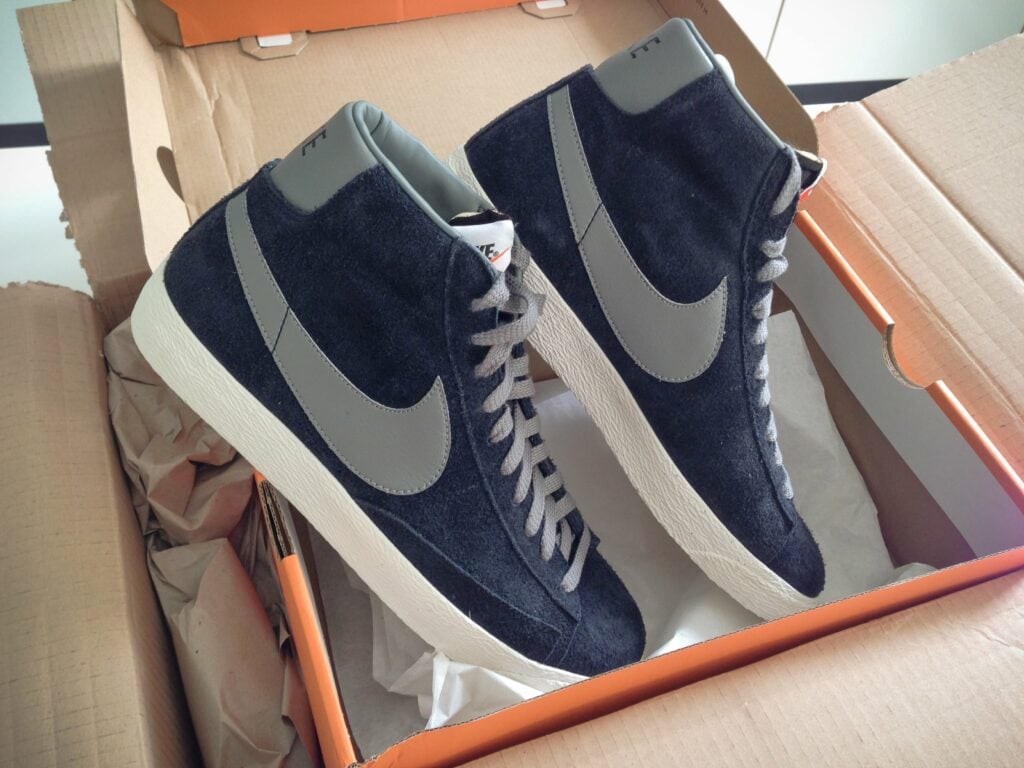
Mass customizing – efficiently serving customers uniquely, such as with Nike by You shoes, LensCrafters eyewear, Dell computers – automatically turns goods into services.
Look at the classic economic distinctions.
Good are standardized but services customized. Goods are inventoried after production while services are delivered on demand (only when customers say what they want). Goods are tangible and services intangible, but part and parcel of mass customizing is the intangible service of helping customers figure out what they want.
Consider Coca-Cola Freestyle machines where customers choose their base soda (usually Coke, Coke Zero, or Diet Coke) and additives (cherry, vanilla, lime, etc.) and then can mix together regular and diet, caffeine and decaffeinated, and even other drinks (Sprite, Fanta Orange, Barq’s Root Beer, etc.) if they so choose.
It turns its soda goods (held as work-in-process modules) into services by mass customizing the final product on demand.
This may not yield a full experience, but it forestalls the forces of commoditization, for manufacturers cannot help but differentiate their goods when they work on demand with individual customers.
5. Stage marketing experiences.
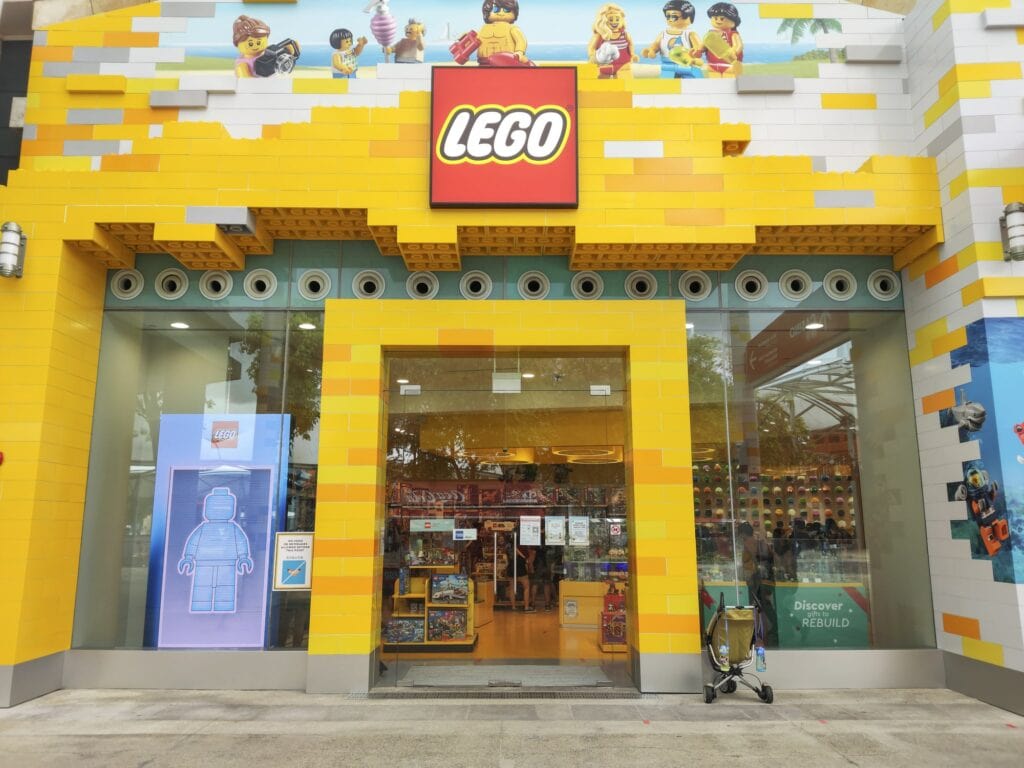
Finally, manufacturers in the experience economy can get into the experience business for themselves by staging marketing experiences – experience that do the job of marketing by generating demand for the core goods.
In fact, many of the best retail experiences around come from manufacturers, such as Apple Stores and Nespresso Boutiques, not to mention LEGO stores and American Girl Places.
Other manufacturers generate great demand via flagship experiences near where their heritage lies – think of the Guinness Storehouse in Dublin, the Heineken Experience in Amsterdam, the Swarovski Kristallwelten in Wattens, Austria, and on and on the list could go.
Many of the retail experiences and all flagships charge admission for the place (or experiences within the place), not only generating demand but becoming profit centers in their own right.
The Choice is Yours
Even though the shift to the Experience Economy leaves manufacturers two levels behind the times, the opportunities for success for manufacturers in the Experience Economy are in fact great.
Sure, you might be able to do well by following the first possibility, doing nothing about it, but it is a perilous path that you must tread carefully. Any or all the other possibilities, however, can enable you to not only succeed but thrive in today’s Experience Economy.
So what are you going to do?



